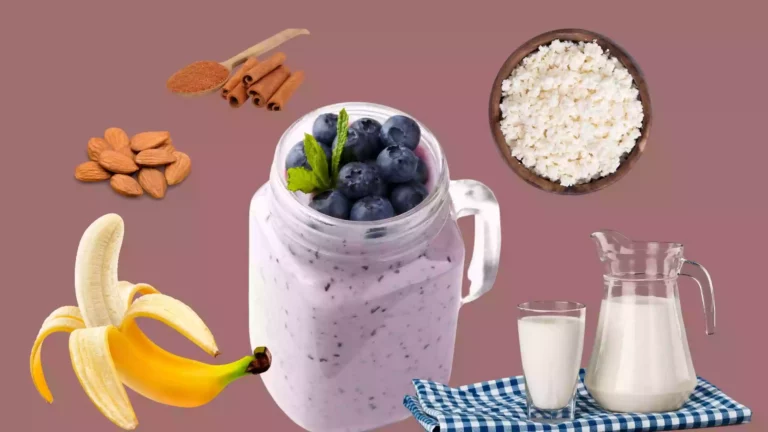Here are my key tips to maintain muscle mass, including how much protein to eat at each meal, the benefit of high-quality protein like dairy, and the types of exercise that are most helpful for your muscles.
I have partnered with National Dairy Council to bring to you today’s topic, optimizing protein intake to maintain muscle mass as we age – starting at age 30!
Many people talk about increased protein needs as you age, but they’re often mostly focusing on adults 50 and older who have already started to see noticeable effects. Did you know that you start to lose 3-8% of your muscle mass per decade starting at age 30?
The good thing is that you can make a focused effort to eat the right foods and continue to strengthen and build your muscle with the right tools – starting today!
How Much Protein Do You Need Per Meal?
When it comes to your target for protein to help optimize muscle mass, I recommend focusing most on the total protein in your meals and snacks. It’s recommended that you consume 25-30g of protein per meal to prevent age-related muscle decline. For an even greater benefit, make sure that the protein sources you choose are high quality.
Why Dairy Is a Great Protein Choice
I love cooking with dairy because it contains all of the essential amino acids. This includes all three of the branched chain amino acids (BCAAS), and the star of the show, leucine.
In the recipe below, I included both milk and cottage cheese. The 8oz. serving of milk has 8g of protein. And it gets even better with the cottage cheese! Some cottage cheeses have up to 15g of protein per ½ cup of cottage cheese. That’s 23g of protein from the two of them alone.
Leucine for Muscle Protein Synthesis
Why does leucine matter, you may ask? Leucine is a branched chain amino acid and is a trigger for muscle protein synthesis. So, with a good resistance training plan and dairy foods, which are one of the leading sources of leucine, you’ll be setting your muscles up for positive results. I recommend aiming for 3-4 g of leucine per meal for optimal muscle building benefits.
Blueberry Banana Cottage Cheese Smoothie

One of the reasons this smoothie is so great is that it can be a fantastic meal option for before or after your workout as you’re building stronger muscles. To properly recover and build muscle, you need adequate protein AND carbohydrates. The milk, cottage cheese, and almond butter provide quality protein, and there are natural carbohydrates from the milk, cottage cheese, and fruit.
If you want to make this smoothie before exercise, plan to eat it about 1.5-3 hours before for proper digestion. To have it as a post-workout smoothie, aim to make it within 30 minutes – 1 hour after exercise.
So, with a good resistance training plan and dairy, and delicious recipes like this one, you’ll be setting your muscles up for positive results to maintain muscle mass.
How Can You Maintain Muscle Mass as You Age?
As we age, our bodies undergo hormonal changes (among many others!) that impact our body composition, as well as energy and nutrient metabolism.
So, this is your time to start, whether you’re 30 or older because it can be even more difficult after 50 to maintain muscle mass and bone mass! The last thing to feel is discouraged – you have so much great life to live, and you can make your body an even stronger mechanism to live your life fully. No matter what your current age is, use this as direction to get started with an exercise and eating plan to slow muscle loss from 30 and beyond.
So, What Can You Do?
There are two main things I recommend starting now:
- Make sure you have high quality protein (found in dairy foods, which also provide calcium, vitamin D and phosphorus for bone health) at every meal and snack
- Incorporate aerobic, weight-bearing, and resistance exercise training into your routine
Weight training paired with high protein meals and snacks helps to stimulate muscle development. You can stay vibrant and strong no matter what age. But remember, you must start at a good baseline to set yourself up for success!
For additional information and more about how to use dairy foods in your recipes go to US Dairy.





